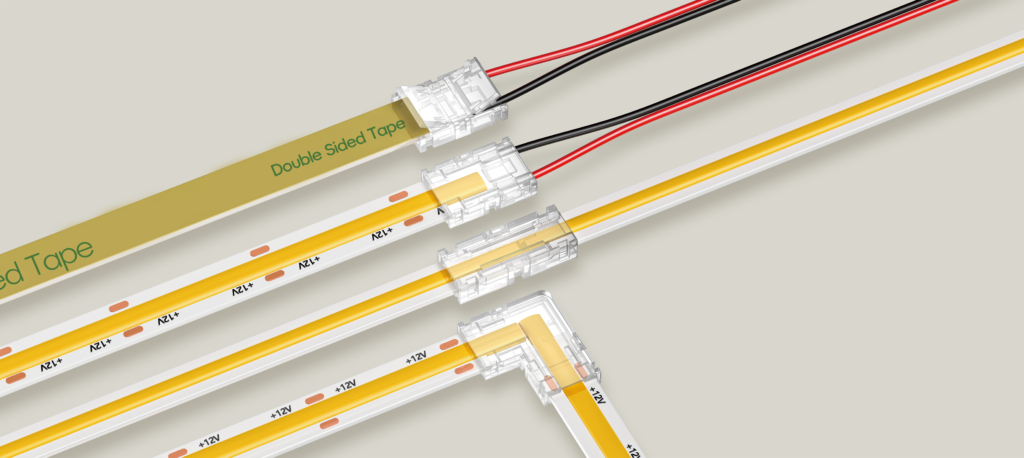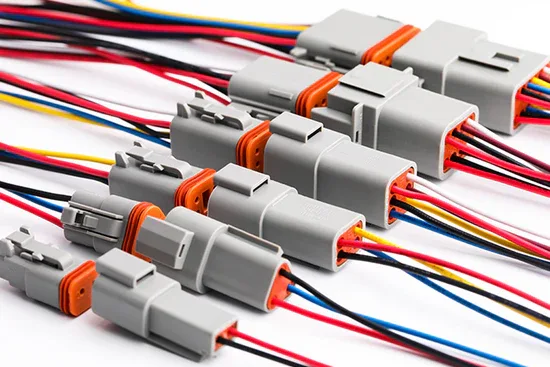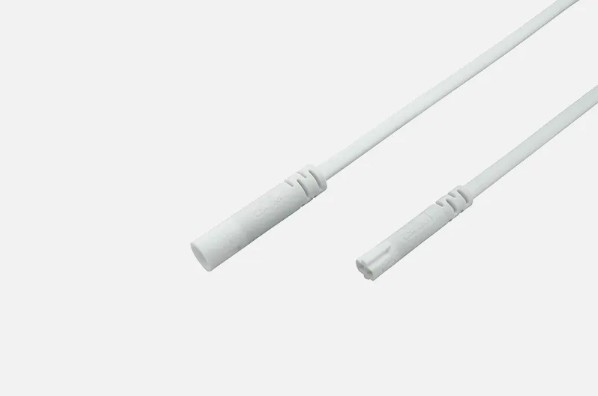Introduction
The rapid advancement of LED technology brings forth the prevalence of high-density LED systems. As businesses and individuals embrace these innovations, one critical aspect demanding attention is the optimization of power delivery efficiency in LED cable assembly systems. This article explores the intricacies of achieving optimal power delivery in high-density LED setups.

Understanding Power Delivery in LED Cable Assemblies
Efficient power delivery is paramount for optimal LED system performance. Key factors influencing power efficiency include resistance, impedance, voltage drop, and current handling capabilities.
Resistance and Impedance Considerations
Choosing cables with low resistance and impedance is crucial to minimize energy loss in the form of heat.
Voltage Drop Challenges
Careful selection of LED cable connectors helps minimize voltage drop, ensuring consistent power delivery over long cable runs.
Current Handling Capabilities
Selecting cables with robust current handling capabilities is vital to prevent overheating and potential failures in high-density LED systems.
Key Challenges in High-Density LED Cable Assemblies
While LED cable assemblies are fundamental for power delivery, high-density systems pose specific challenges.
Heat Dissipation Issues
Densely packed environments require effective heat dissipation strategies to prevent performance degradation and damage.
Signal Interference in Densely Packed Cables
The proximity of cables in high-density setups can lead to signal interference. Shielding and advanced insulation techniques are essential to mitigate this challenge.
Voltage Stability Concerns
Maintaining stable voltage is critical for LED system consistency. Voltage regulation measures are imperative to ensure a stable power supply.
Strategies for Optimizing Power Delivery Efficiency
Achieving optimal power delivery efficiency involves a comprehensive approach. Key strategies include proper cable selection, advanced insulation techniques, and voltage regulation measures.
Proper Cable Selection
- Conductivity and Material Considerations: Choosing high-conductivity materials like copper reduces resistance, while proper insulation prevents signal interference.
- Choosing the Right Gauge: Selecting the appropriate gauge ensures cables can handle the required current without overheating.
Advanced Insulation Techniques
- Insulating Materials: Advanced insulating materials minimize signal interference between densely packed cables.
- Heat-Resistant Coatings: Coatings with heat-resistant materials mitigate heat dissipation issues.
Voltage Regulation and Stability Measures
- Voltage Regulation Components: Integrating voltage regulation components ensures a stable power supply.
- Techniques for Stable Power Supply: Advanced techniques such as power conditioning filter out unwanted noise, providing a stable power signal.
Case Studies: Real-World Successes in Power Delivery Optimization
Exploring real-world examples provides insights into successful power delivery optimization strategies.
Case Study 1: Automotive LED Lighting System
- Cable Selection: High-conductivity copper cables with low resistance were chosen.
- Advanced Insulation: Specialized insulating materials reduce signal interference.
- Voltage Regulation: Integrated voltage regulation components ensured stable power delivery.
Case Study 2: Commercial LED Display
- Proper Cable Gauge: Cables with the appropriate gauge handle high current requirements.
- Heat-Resistant Coatings: Coated with heat-resistant materials to mitigate heat dissipation issues.
- Voltage Stabilization: Advanced techniques maintained a stable power supply.
As LED technology continues to evolve, future innovations in LED cable assemblies are poised to enhance power delivery efficiency in high-density systems further.
1.Smart Cable Assemblies
The integration of smart technologies into cable assemblies is a promising avenue. Smart cables can monitor real-time conditions and adapt power delivery to meet the dynamic demands of the LED system, ensuring optimal efficiency.
2.High-Conductivity Nanomaterials
The exploration of nanomaterials with exceptional conductivity properties holds great potential. These materials can significantly reduce resistance, leading to more efficient power delivery and decreased energy loss.
3.AI-Powered Power Management
Artificial Intelligence (AI) is increasingly being applied to power management in LED systems. AI algorithms can analyze usage patterns, predict power demands, and dynamically adjust power delivery parameters, optimizing efficiency and minimizing wastage.
4.Flexible and Adaptive Cable Designs
Innovations in cable design, focusing on flexibility and adaptability, are crucial for high-density LED systems. Cables that can conform to various spatial configurations without compromising performance offer greater versatility in installation and usage.
Recommendations for LED Cable Assembly Buyers
As consumers and businesses navigate the LED cable assembly market, informed decision-making is crucial.
- Prioritize Quality: Choose cable assemblies from reputable manufacturers with a history of delivering high-quality products.
- Ask About Smart Features: Inquire about smart cable assemblies with real-time monitoring and adaptive power management capabilities.
- Explore Nanomaterial Technologies: Stay informed about advancements in nanomaterial technologies for improved conductivity and performance.
- Consider Future-Proof Designs: Opt for cable assemblies with flexible and adaptive designs to accommodate evolving LED system requirements.
Conclusion: Shaping the Future of Power-Efficient LED Systems
In conclusion, the journey to optimize power delivery efficiency in high-density LED cable assembly systems involves understanding current challenges, implementing strategic solutions, learning from real-world successes, and anticipating future innovations. As we envision a future illuminated by sustainable and energy-efficient LED systems, the choices made today will influence the performance and adaptability of these systems in the years to come.
Embracing smart technologies, advanced materials, and flexible designs will contribute to shaping a future where power-efficient LED systems not only meet but exceed expectations. If you have any further questions or topics you’d like to explore, feel free to let me know.



